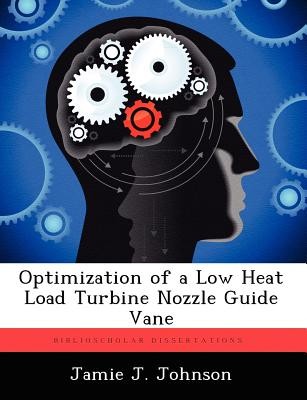
- We will send in 10–14 business days.
- Author: Jamie J Johnson
- Publisher: BiblioScholar
- ISBN-10: 124959510X
- ISBN-13: 9781249595106
- Format: 18.9 x 24.6 x 1.2 cm, minkšti viršeliai
- Language: English
- SAVE -10% with code: EXTRA
Optimization of a Low Heat Load Turbine Nozzle Guide Vane (e-book) (used book) | bookbook.eu
Reviews
Description
Often turbomachinery airfoils are designed with aerodynamic performance foremost in mind rather than component durability. However, future aircraft systems require ever increasing levels of gas-turbine inlet temperature causing the durability and reliability of turbine components to be an ever more important design concern. As a result, the need to provide improved heat transfer prediction and optimization methods presents itself. Here, an effort to design an airfoil with minimized heat load is reported. First, a Reynolds-Averaged Navier-Stokes (RANS) flow solver was validated over different flow regimes as well as varying boundary conditions against extensive data available in literature published by the Von Karman Institute (VKI).
EXTRA 10 % discount with code: EXTRA
The promotion ends in 23d.22:41:53
The discount code is valid when purchasing from 10 €. Discounts do not stack.
- Author: Jamie J Johnson
- Publisher: BiblioScholar
- ISBN-10: 124959510X
- ISBN-13: 9781249595106
- Format: 18.9 x 24.6 x 1.2 cm, minkšti viršeliai
- Language: English English
Often turbomachinery airfoils are designed with aerodynamic performance foremost in mind rather than component durability. However, future aircraft systems require ever increasing levels of gas-turbine inlet temperature causing the durability and reliability of turbine components to be an ever more important design concern. As a result, the need to provide improved heat transfer prediction and optimization methods presents itself. Here, an effort to design an airfoil with minimized heat load is reported. First, a Reynolds-Averaged Navier-Stokes (RANS) flow solver was validated over different flow regimes as well as varying boundary conditions against extensive data available in literature published by the Von Karman Institute (VKI).


Reviews